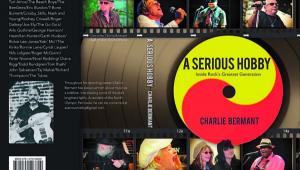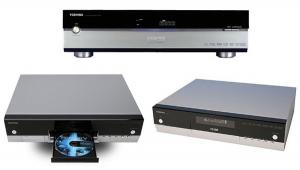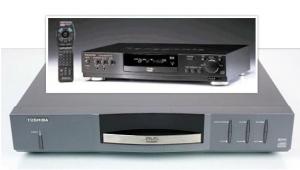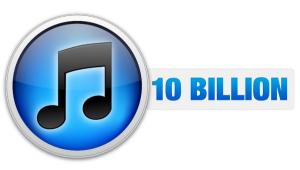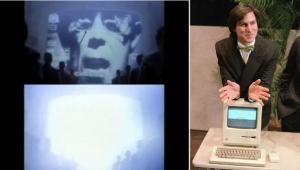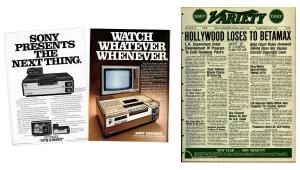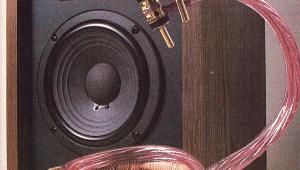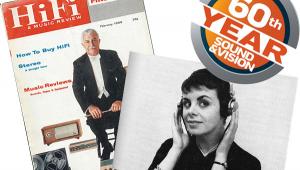Flashback 1889: Coin-Op Phonograph Foreshadows Jukebox
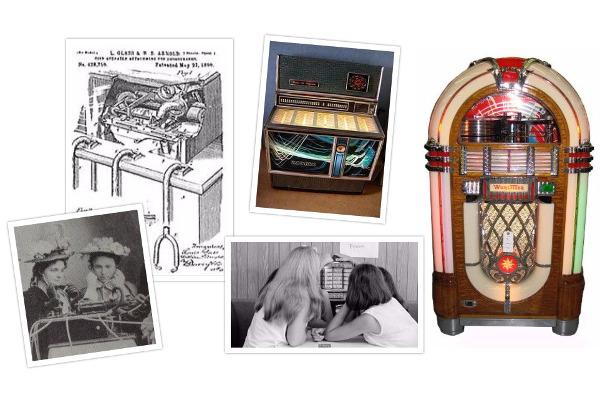
The “nickel-in-the-slot phonograph,” created by Louis Glass and William S. Arnold, was an Edison Class M wax cylinder phonograph fitted with a coin mechanism and four stethoscope-like listening tubes. Each set of tubes was operated individually and activated when a patron put a nickel in the slot.
The player enabled four listeners to “privately” enjoy the same tune. Popular saloon songs of the day? How about "Down Went McGinty," "Pretty as the Butterfly," or maybe "The Rip Van Winkle Polka"?
There was no amplification and wax cylinders had to be changed every day or so to preserve audio quality, which was frighteningly bad by today’s standards.
The player was quite the curiosity and is reported to have brought in big money—about a thousand bucks—in its first six months of operation.
By May 1890, 15 of the slot phonographs had been installed in local bars or on Oakland-San Francisco ferries. At Chicago's first annual Convention of Local Phonograph Companies of the United States, patent-holder Glass announced that his invention had raked in more than $4,000— lots of nickels spent and the equivalent of well over $100,000 today.
For more on this fascinating forerunner to the jukebox, check out the archives of SF Weekly.
- Log in or register to post comments
